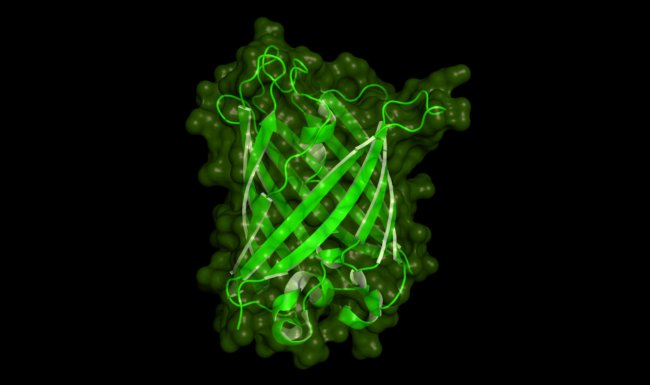
AsianScientist (Jul. 29, 2016) – Japanese researchers have discovered how structural changes in taste receptors contribute to how we perceive food. The findings were published in Scientific Reports.
Our sense of taste enables us to recognize the chemical substances in food and form judgments on whether these include nutrients necessary for our survival or poisonous substances that could harm us. For each of the five basic tastes of sweet, umami, salty, sour and bitter, we possess respective taste receptors. In particular, the taste receptor type 1 (T1r) family of proteins recognizes sweet tastes and glutamine acid (umami taste).
Led by Professor Atsuko Yamashita from Okayama University, the research team was able to produce the extracellular domains of the T1r2 and T1r3 taste receptors of Medaka fish using cultured insect cells. The researchers showed that as taste substances bind to the receptors, the extracellular domains of the taste receptors undergo a structural change, resulting in the T1r2 and T1r3 receptors pairing up and forming a heterodimer. The information is then transmitted to the transmembrane and intracellular domains of the receptors, allowing the signal to be carried into the cell.
Their research results represent a step forward in conducting precise analyses using purified protein samples, and may lead to a better understanding of taste mechanisms.
The article can be found at: Yamashita et al. (2016) Taste Substance Binding Elicits Conformational Change of Taste Receptor T1r Heterodimer Extracellular Domains.
———
Source: Osaka University; Photo: Shutterstock.
Disclaimer: This article does not necessarily reflect the views of AsianScientist or its staff.












